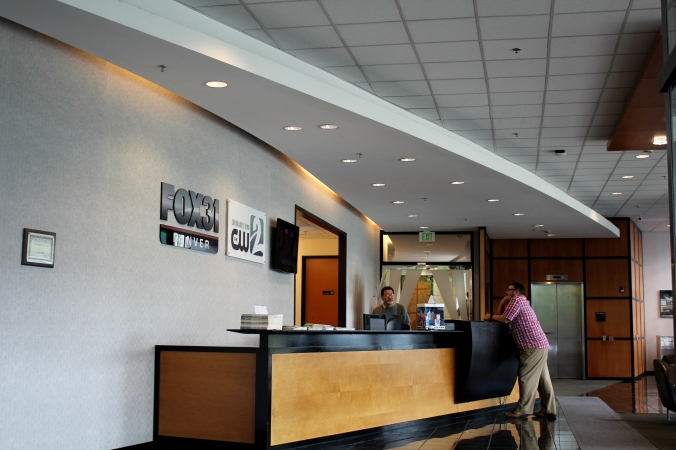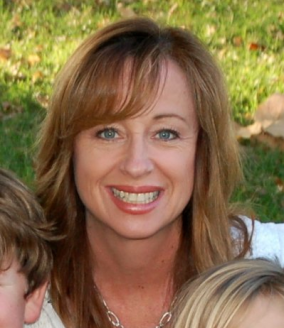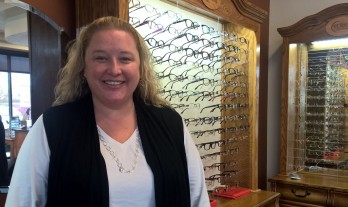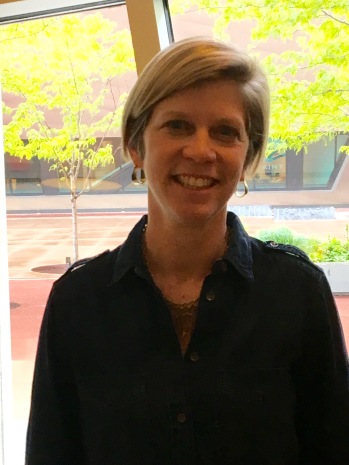
Photo by Shihua Shangguan
In order to preserve wildlife, there is a need for positive actions by the citizens. These actions are accompanied by change in lifestyle and the way of thinking. There are some species that have become endangered and the citizens can act as resources in protecting these species. “This problem has become large and complex and the related organizations cannot eliminate the problem alone but needs the assistance of the citizens,” said Richard Reading, PhD, Visiting Scholar at DU’s Graduate School of Social Work.

Photo by Shihua Shangguan
“ The citizens can through reducing, reusing, and recycling the waste to save the wild life,” he said. The slogan “Reduce, Reuse, and Recycle goes together with “Think Globally, Act Globally”. Though these slogans have been overused, they have a great meaning in them. These three activities play a great role in reducing the environmental degradation and saving the wildlife. Reducing can be utilized through lowering the number of materials and energy that are consumed by purchasing lesser-prepackaged goods, driving in a good manner, and reducing heating and air conditioning that are used. Reusing means putting into use again, the materials that have already been used such as old wine bottles. Finally, recycling can also be used in making the planet better. The citizens can demand for bins for recycling if they do not have. The activity has many benefits to the people and the animals.
A DU Junior student Brand also proved a way to protect the wildlife. “The citizens can protect the animals is through keeping the pets such as dogs and cats on a leash,” said by Brand. When pets are unleashed, they die since they are carnivores by nature. They can also destroy the nests or harass the birds that dwell on the ground. The citizens should also keep their cats indoor. Cats have been reported to be the first cause of the death of birds. According to a study carried out, a cat can kill around 2.4 billion birds and 12.3 billion mammals per year in the United States of America. To protect the wild animals’ citizens should place decals on their widows during the season of migration to protect the birds that are prone to hitting glass. In addition, they can apply a transparent contact paper or bird tape to the outside of the widows to prevent the same. To ensure that there is maximum effectiveness, the tapes or the stickers should be four inches and below.
Moreover, “the citizens can protect the wild life through avoiding littering since litter is harmful to the animals and plants,” said a freshman Lee in DU, “for example, gum that is discarded is said to kill birds and animals.” Another interesting means of saving the wild life is through sticking to the official trails while the citizens are walking in the parks. Using informal paths disturbs the animals and especially those that are bleeding and they cause fragmentation of habitat. When a new path fragments a habitat, the parasites, predators, invasive plant, and animals get a way to attack. This makes the habitat less important for the native animals. The animals should not be removed from their habitat. It is illegal to remove animals from the parks since they cannot make good pets. They demand for extreme care from their caregivers and person who is not trained cannot offer the required care.
“Joining conservation organization also plays a great role saving the wild life,” Reading said. As resources of saving the wild life, citizens should join these organizations and work together to protect the endangered species and animals. Different organizations that protect the wildlife differ in their goals and objectives. There are some that work to ensure good environmental policies; others work to protect the whales while others focus on protecting a small piece of land.
An individual should join in the sector she is most interested with and he/ she can find an organization that protects the species that they are interested with other basic means of protecting the wildlife is through slowing down when driving. It is also important for the citizens to raise their concerns and get locally involved through letting the national and local government know that they are interested with protecting the wildlife. That increases the likelihood of someone doing something about it. Having love for the wild life and appreciating them, as a part of the beautiful nature will give people morale to protect it.
Wildlife is part of human life and the citizens should act as a resource in protecting them. The citizens can create programs and seminars that will educate the other citizens on the importance of wildlife. The programs and seminars should also aim at educating the people on how the wild life can be protected through means such as reducing the use of pesticides and herbicides on their firms. They can also form campaigns that speak against wild life destruction. Citizens can also come up with anti-world life destruction organization that punishes those that destroy the wild life. The human should by all means protect the wild life through protecting their habitats, and reducing, reusing and recycling.
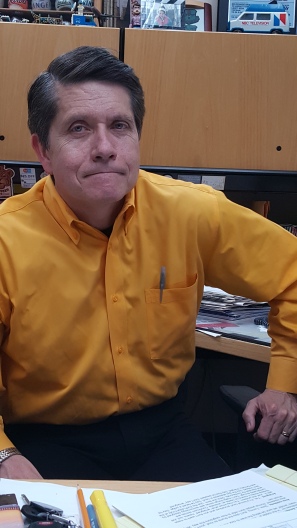
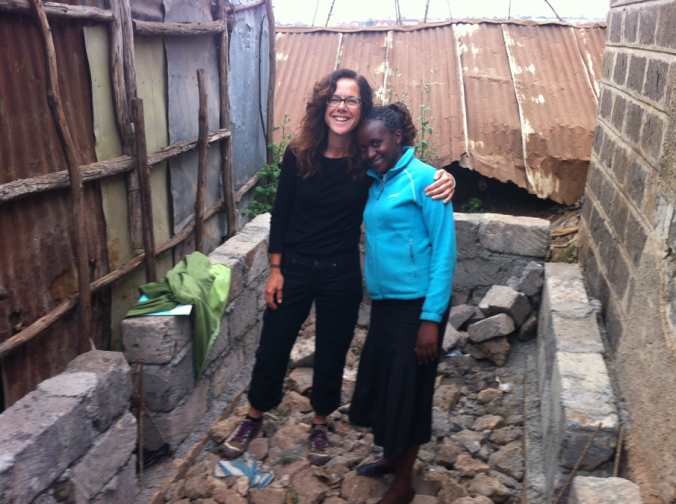 Renee Bota in Nairobi Africa
Renee Bota in Nairobi Africa